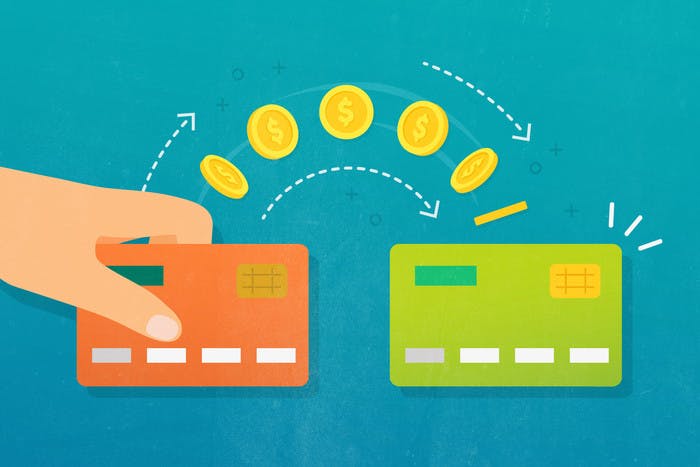If your credit cards hold balances with high-interest rates, the monthly charges can cost you quite a lot. If this is the reality, it could make perfect sense to transfer credit card debt from high-interest cards to just one card with a lower interest rate.
With one statement and payment due per month, it could significantly lower the amount you owe and make your life easier. Although most banks charge a balance transfer fee, the interest savings from the lower rate card could be better in the long run.
Some credit card companies provide absolutely phenomenal rates, while others offer products with limited options for saving. To help you get the most out of a balance transfer, here are some tips.

Consider All The Benefits
Many 0% balance transfer cards only enable you to transfer debt from one credit card to another. A limited few, though, allow you to transfer a portion of your credit limit directly into your current account, as cash or money transfer.
A 3% to 5% balance transfer fee is charged by all major credit card companies that provide 0% APR balance transfer deals. For example, this charge will vary from $90 to $150 on a $3,000 transfer.
Although this initial cost seems somewhat big, when it’s compared to the money you will spend on interest over the span of 1 year on a card with a 15% interest rate, it is minimal.
Learn the Terms of the Balance Transfer
Every balance transfer card has its own set of conditions including how long you have to make an acceptable balance transfer, the period of the intro offer, the regular APR after the offer expires, the charge for balance transfer, and the limit for balance transfer.
Before making a transfer, learn about all of these terms associated with the card you’re considering. For example, in order to benefit from a 0% intro rate, various credit cards have different guidelines on how long you have to make a balance transfer from the account opening.
Starting there, the duration of the intro promo will tell you how much you’ll have to pay per month to stop paying interest. The lower your monthly payment will need to be, the longer the intro length.
Know Your Interest Rates
Balance transfers usually have one interest rate, and other transactions have their own interest rates, including purchases and cash advances. Regularly review the calculation section of the interest payment of your statements.
This is crucial to know since issuers can add an additional amount you paid to the debt with the highest interest rate (whether that is your balance transfer, purchases, or access checks).

Pay Balances on Your Existing Cards Until Transfer is Complete
For a balance transfer, it should only take a couple of minutes to finish the process, but it might take far longer for your balances to eventually shift to the new card.
The exact timeframe can differ from issuer to issuer, but up to a 10-day wait can be expected. In the meantime, until the conversion is complete, keep paying any balances due on your existing cards.
Those balances are technically still on the old cards until you obtain official confirmation that the balance transfer has gone through. You don’t really want your credit report to be riddled with late fees or missed payments.
Final Words
A well-planned balance transfer will help save you a large amount of money on interest and significantly shorten the time you have to pay off your debt.
That being said, you may waste the advantage of this credit card offer if you pick the wrong balance transfer credit card or make a single late payment.
